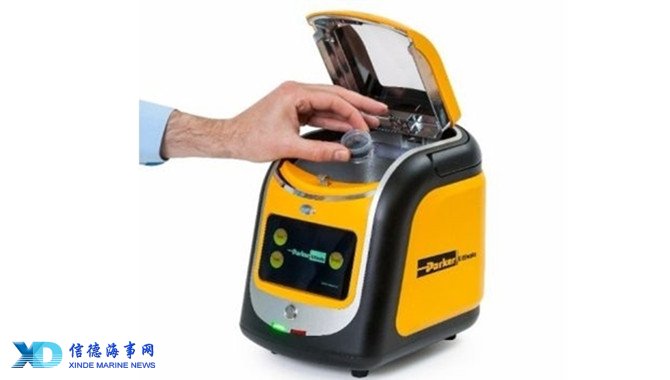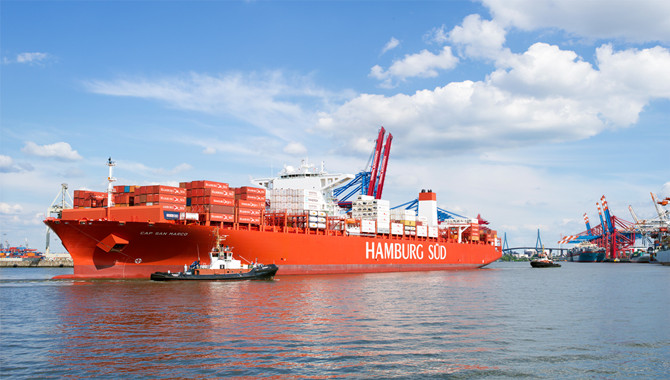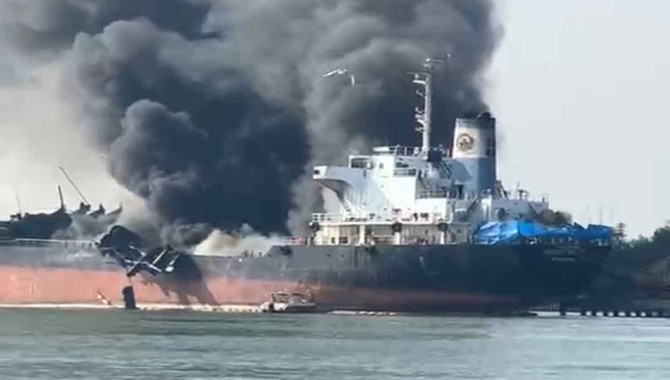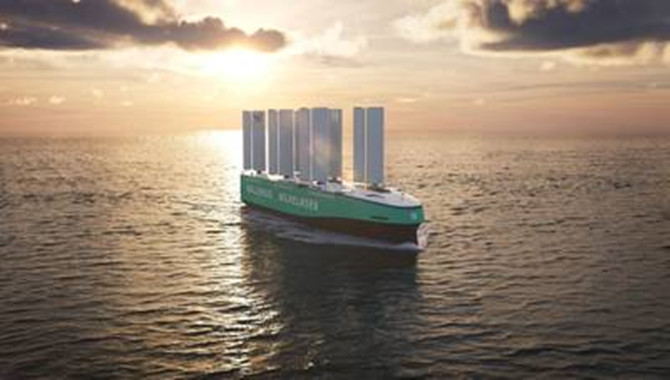
Traditional methods for confirming compliance with the 2020 global sulphur cap rely on paperwork requirements such as the bunker delivery note (BDN). This not only significantly increases the risk of non-compliance and subsequent penalties for shipowners, but also heightens the environmental impact of burning fuel with a higher sulphur content.
In addition, the delay incurred by laboratory analysis creates the risk that the vessel may have left port with non-compliant fuel on board or may require non-compliant fuel to be debunkered and compliant fuel rebunkered, incurring significant delays and additional cost.
Therefore, it is timely that Parker Kittiwake, short-listed for the Innovation Award at the Sulphur Cap 2020 Conference, has today announced the launch of its ground-breaking X-Ray Fluorescence (XRF) Analyser, a portable testing device which, among other parameters, measures the sulphur content in fuel.
The XRF Analyser provides an accurate indication of sulphur content through the analysis of a small fuel sample in less than three minutes. This gives both shipowners and port state control the ability to conduct laboratory-standard testing onsite, before non-compliant fuel is bunkered and before a vessel carrying non-compliant fuel leaves port.
Parker Kittiwake marine condition monitoring manager Larry Rumbol, a frequent commentator on fuel quality, said “Given the lack of environmental policing on the high seas, enforcement of the 2020 global sulphur cap is a daunting challenge for the industry. Efforts to develop robust enforcement solutions tend to focus on paperwork checks at ports, but this must be reinforced by accurate, reliable testing data.
The XRF Analyser is factory calibrated according to the ISO 8754 standard and is capable of conducting field measurements that correlate strongly with laboratory measurements. Fuel can be easily sampled at any stage of the bunkering process, and test results can be stored electronically, allowing operators to manage compliance audits more efficiently.
Mr Rumbol continued “Effective enforcement is at the heart of the sulphur cap, and onboard testing is the most efficient means of establishing compliance with sulphur regulations. The XRF Analyser can be used to test the fuel and verify the sulphur content against what’s stated on the BDN, eliminating the risk of accidental non-compliance.”
In addition to sulphur testing, the XRF Analyser can be used to measure a range of wear metals in lubricating oil, allowing operators to quickly identify potential damage in cylinder liners, bearings, piston rings, gears, stern tubes and hydraulic systems.
Integrated into a small, lightweight housing, the XRF is easily portable for plug-and-play operation. Test results are displayed as a percentage on an LCD screen, avoiding ambiguity and mitigating the risk of human error through operators needing to interpret the test data.
Sources:mpropulsion
Please Contact Us at:
admin@xindemarine.com



 Maersk to integrate Hamburg Süd and Sealand
Maersk to integrate Hamburg Süd and Sealand  Launch of the construction of the first Ro-Ro saili
Launch of the construction of the first Ro-Ro saili  Oil tanker explosion kills at least 3 in central Th
Oil tanker explosion kills at least 3 in central Th  Wind-powered RoRo Vessel Secures €9 Million in EU
Wind-powered RoRo Vessel Secures €9 Million in EU  London plays a pivotal role as shipping seeks to re
London plays a pivotal role as shipping seeks to re  Shell unveils five energy sector trends to watch in
Shell unveils five energy sector trends to watch in